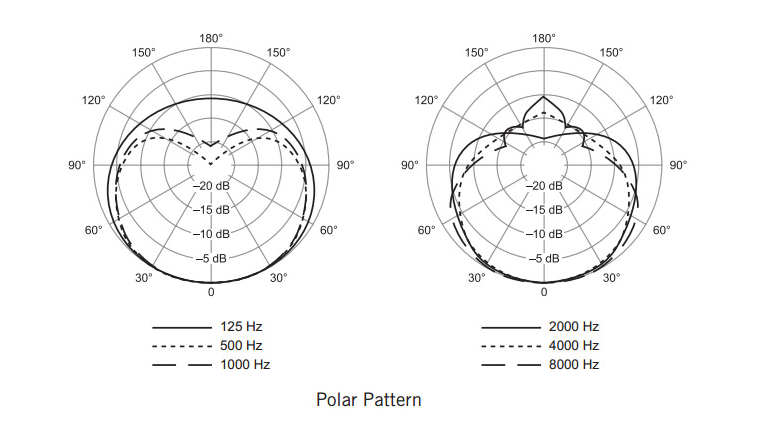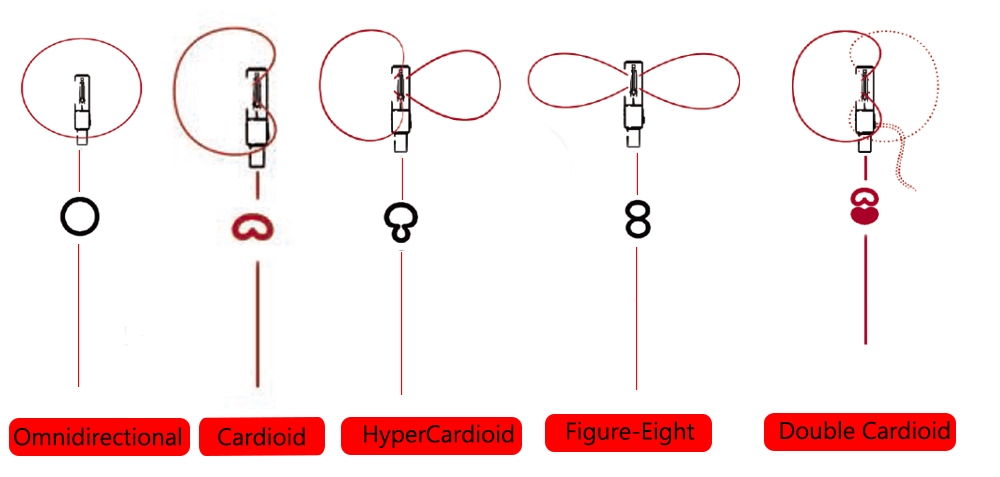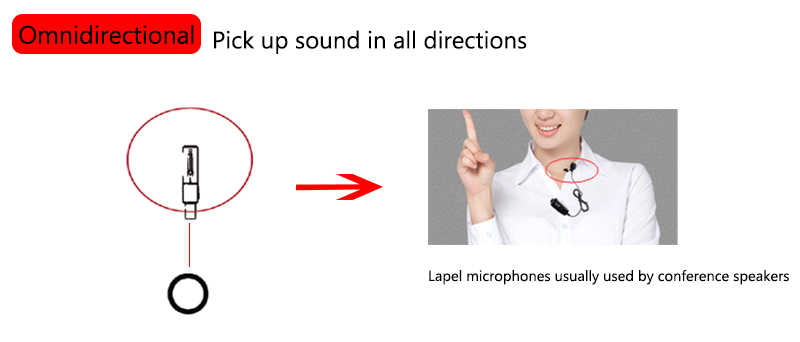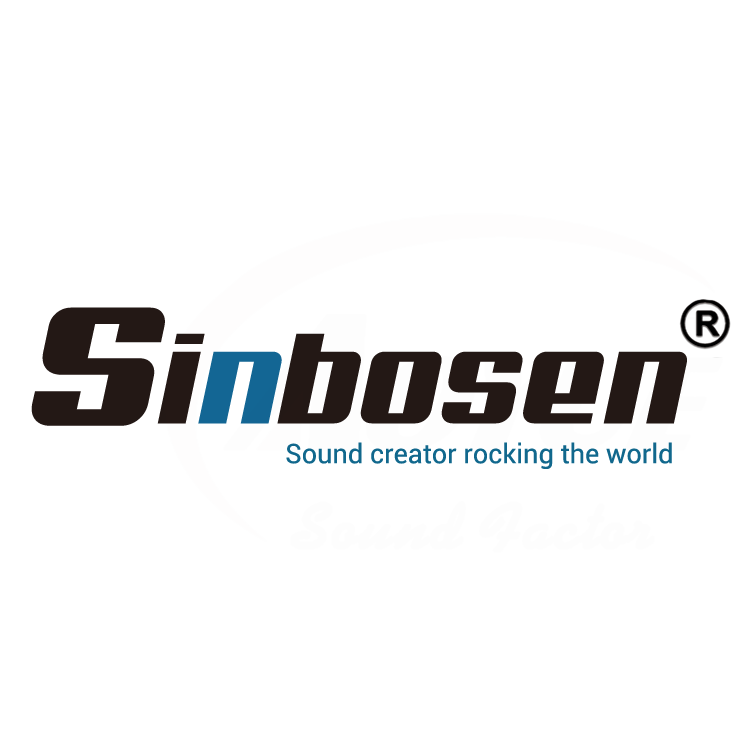What is the type and effect of microphone polar pattern?
Views : 13219
Update time : 2019-12-11 15:47:03
If you encounter such a scene: When the singer sings on the stage, he takes the microphone in the opposite direction, and the tail of the microphone is facing the mouth. What is even more amazing is that he can still sing? ! Maybe we will suspect that this is a singer of fake singing! But will the actual situation be like this? The answer is not necessarily oh.
Then the problem is coming, the microphone is in the opposite direction! Can you speak out?
In fact, this is related to the directivity of the microphone. Today, let's talk to you about the directionality of the microphone!
Polar Pattern/Directivity
Usually, the directivity of a microphone is used to describe the sensitivity of a microphone to sounds from different angles. Explain that it is the ability of the microphone to "listen" to sound in different directions.
The directionality of the microphone is indicated in the manual or technical parameters of many microphone products. It usually includes a pointer to a name, a polar plot, or a frequency response graph.
The pointing name and polar map refer to the ability of the microphone to "listen" to which direction of sound.


Omnidirectional
The omnidirectional type has substantially the same sensitivity for sounds from different angles, that is, the sound can be picked up in a balanced manner from all directions.
Therefore, the microphone does not have to point in a certain direction, and is often used in recording projects that require the entire ambient sound. Or when the sound source is constantly moving, it still maintains a good pickup, such as a lavalier microphone that conference speakers usually use.

However, it can be seen from the above diagram that the supercardioid pointing microphone is capable of picking up the sound of the back end of the microphone. Therefore, the source device placed at the back of the microphone needs attention.
For example, usually we will place the monitor speakers face to face at the front of the performer, which is the back of the microphone. When using a supercardioid microphone, you need to place the speaker on the diagonal sides of the back of the microphone, and try to avoid the center of the microphone with the supercardioid microphone.
Figure-Eight
Figure-Eight is also called bidirectional. This pickup mode is special. It picks up sound from the front and back of the microphone, but does not pick up from the side (90 degree angle). It is usually the characteristic of an aluminum belt or a large diaphragm microphone. It is also a must-have for many stereo and surround sound recording systems. For example, placed between two instruments, or two people standing face to face and recording against the microphone.
Since the sensitivity of the side of the bi-directional microphone is extremely low, the use of indoor multi-track recording can also effectively reduce the sound from other nearby instruments.

►Related news--3 reasons to use Sinbosen upgraded FP10000Q amplifier at the projects.
►Return to home page
Then the problem is coming, the microphone is in the opposite direction! Can you speak out?
In fact, this is related to the directivity of the microphone. Today, let's talk to you about the directionality of the microphone!
Polar Pattern/Directivity
Usually, the directivity of a microphone is used to describe the sensitivity of a microphone to sounds from different angles. Explain that it is the ability of the microphone to "listen" to sound in different directions.
The directionality of the microphone is indicated in the manual or technical parameters of many microphone products. It usually includes a pointer to a name, a polar plot, or a frequency response graph.
The pointing name and polar map refer to the ability of the microphone to "listen" to which direction of sound.

This is an important attribute of a microphone. Many times when we are choosing the right microphone, the first thing to consider is directionality.
According to the pointing type, the most common ones are: Omnidirectional, Cardioid, HyperCardioid, Figure-Eight.
According to the pointing type, the most common ones are: Omnidirectional, Cardioid, HyperCardioid, Figure-Eight.

Omnidirectional
The omnidirectional type has substantially the same sensitivity for sounds from different angles, that is, the sound can be picked up in a balanced manner from all directions.
Therefore, the microphone does not have to point in a certain direction, and is often used in recording projects that require the entire ambient sound. Or when the sound source is constantly moving, it still maintains a good pickup, such as a lavalier microphone that conference speakers usually use.

Although the omnidirectional microphone has a superb all-round pickup capability, its shortcomings are also very obvious, that is, it is easy to be affected by the noise of the surrounding environment, and some other sounds are picked up. For example, the sound reinforcement on the stage, the sound of nearby instruments during the performance, and even the echo in the room.
Cardioid
Since the omni-directional super-completion ability has become a limitation to his shortcomings, then there must be a solution to make up for this shortcoming? That's right, that's the heart-shaped point that was created for the stage performance.
Cardioid
Since the omni-directional super-completion ability has become a limitation to his shortcomings, then there must be a solution to make up for this shortcoming? That's right, that's the heart-shaped point that was created for the stage performance.
The cardioid pointing has a better sound for the sound from the front of the microphone, while the sound from the side and back is attenuated. This microphone is therefore ideal for recording point sources.
That is to say, the user-facing microphone front end has the strongest sensitivity and the back end sensitivity is the weakest. This design isolates a large portion of the ambient noise and eliminates echo effects better than omnidirectional microphones. Most of our common KTV karaoke microphones and microphones for stage singing are of this type.
But! When using a cardioid microphone, be sure to pay attention to the front and rear direction of the microphone. If it is like the scene we assume in the opening, it is a fake sing!
HyperCardioid
You must have thought of a problem. If a band plays or a small indoor performance, a variety of instruments and singers are relatively close, even the heart-shaped microphone's pickup range is difficult to control the interaction between the sounds.
At this time, the supercardioid microphone can work. Compared to the cardioid pointing, the pickup area is narrower than the cardioid microphone, which can more effectively cancel out more sound from the side direction. Therefore, more indoor use in the multi-track recording environment, reducing the pickup of sound from other nearby instruments, is best for picking up a single source in a noisy environment.
That is to say, the user-facing microphone front end has the strongest sensitivity and the back end sensitivity is the weakest. This design isolates a large portion of the ambient noise and eliminates echo effects better than omnidirectional microphones. Most of our common KTV karaoke microphones and microphones for stage singing are of this type.
But! When using a cardioid microphone, be sure to pay attention to the front and rear direction of the microphone. If it is like the scene we assume in the opening, it is a fake sing!
HyperCardioid
You must have thought of a problem. If a band plays or a small indoor performance, a variety of instruments and singers are relatively close, even the heart-shaped microphone's pickup range is difficult to control the interaction between the sounds.
At this time, the supercardioid microphone can work. Compared to the cardioid pointing, the pickup area is narrower than the cardioid microphone, which can more effectively cancel out more sound from the side direction. Therefore, more indoor use in the multi-track recording environment, reducing the pickup of sound from other nearby instruments, is best for picking up a single source in a noisy environment.
However, it can be seen from the above diagram that the supercardioid pointing microphone is capable of picking up the sound of the back end of the microphone. Therefore, the source device placed at the back of the microphone needs attention.
For example, usually we will place the monitor speakers face to face at the front of the performer, which is the back of the microphone. When using a supercardioid microphone, you need to place the speaker on the diagonal sides of the back of the microphone, and try to avoid the center of the microphone with the supercardioid microphone.
Figure-Eight
Figure-Eight is also called bidirectional. This pickup mode is special. It picks up sound from the front and back of the microphone, but does not pick up from the side (90 degree angle). It is usually the characteristic of an aluminum belt or a large diaphragm microphone. It is also a must-have for many stereo and surround sound recording systems. For example, placed between two instruments, or two people standing face to face and recording against the microphone.
Since the sensitivity of the side of the bi-directional microphone is extremely low, the use of indoor multi-track recording can also effectively reduce the sound from other nearby instruments.

In addition to these common directionalities, there are also directional products that are born to pursue the limits. For example, radio, interviews, live broadcasts, and gun-style pointing that are often used in film and television shooting. There are also wide-hearted and so on.
Each type of polar pattern has its strengths and weaknesses. The most important thing is to choose a microphone that is really right for you.
Each type of polar pattern has its strengths and weaknesses. The most important thing is to choose a microphone that is really right for you.
►Related news--3 reasons to use Sinbosen upgraded FP10000Q amplifier at the projects.
►Return to home page











